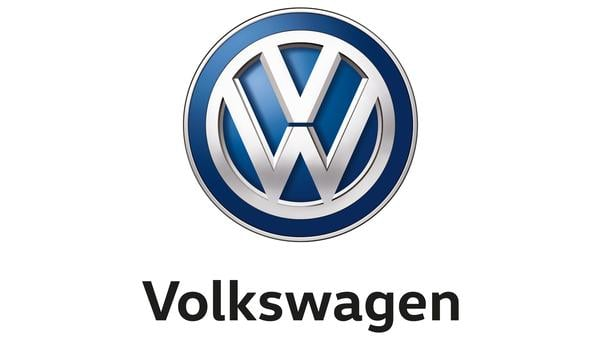Volkswagen Group: The Automotive Titan's Extensive Portfolio
In the world of automobiles, few names resonate with as much authority and heritage as Volkswagen. The German automotive giant, founded in 1937, has grown from its humble beginnings to become one of the largest and most influential car manufacturers globally. But what truly sets Volkswagen apart is its impressive portfolio of car brands, encompassing a diverse range of vehicles that cater to nearly every segment of the market. This blog will explore the extensive reach of Volkswagen Group and its ownership of various renowned car brands.
A Brief History of Volkswagen Group
Volkswagen, which means "people's car" in German, was initially established to produce affordable cars for the masses. The company's first model, the Beetle, became an iconic symbol of practicality and reliability. Over the decades, Volkswagen expanded its operations and began acquiring other car manufacturers, thereby extending its influence and diversifying its offerings.
The Extensive Brand Portfolio
Volkswagen Group's strategy of acquiring and nurturing various brands has resulted in a robust and diverse portfolio. Here are the key brands under the Volkswagen umbrella:
1. Volkswagen Passenger Cars
The flagship brand of the group, Volkswagen Passenger Cars, is known for producing a wide range of vehicles, from compact cars like the Golf to premium sedans like the Passat. The brand focuses on blending innovation, quality, and affordability.
2. Audi
Acquired by Volkswagen in the 1960s, Audi represents the group's luxury segment. Known for its cutting-edge technology, sophisticated design, and premium performance, Audi competes with other high-end brands like BMW and Mercedes-Benz.
3. Porsche
Porsche, a brand synonymous with high-performance sports cars, became part of Volkswagen Group in 2012. Models like the 911 and the Cayenne have made Porsche a leader in the luxury sports car market.
4. Lamborghini
For those who crave extreme performance and exotic design, Lamborghini stands out. Acquired in 1998, Lamborghini produces some of the most iconic supercars in the world, such as the Aventador and Huracán.
5. Bentley
Bentley, a symbol of British luxury and craftsmanship, joined Volkswagen Group in 1998. Bentley cars are known for their opulence, exceptional performance, and bespoke customizations.
6. Bugatti
Bugatti, acquired in 1998, is a brand that epitomizes the pinnacle of automotive engineering and performance. The Veyron and Chiron are among the fastest and most technologically advanced cars ever produced.
7. SEAT
SEAT, a Spanish automaker, became a part of Volkswagen Group in 1986. It is known for producing affordable, stylish, and sporty vehicles, primarily targeted at the European market.
8. Škoda
Škoda, a Czech brand acquired in 1991, has evolved from producing utilitarian cars to offering models that combine practicality with modern design and advanced technology.
9. Ducati
Expanding beyond four wheels, Volkswagen Group acquired Ducati, the famed Italian motorcycle manufacturer, in 2012. Ducati is renowned for its high-performance bikes and racing heritage.
A Commitment to Innovation and Sustainability
Volkswagen Group's extensive portfolio is a testament to its commitment to innovation and sustainability. The company has been at the forefront of developing electric and hybrid vehicles, with models like the Volkswagen ID. series and Audi e-tron leading the charge. Volkswagen aims to become a global leader in sustainable mobility, investing heavily in electric vehicle (EV) technology and infrastructure.
Conclusion
Volkswagen Group's ownership of a wide array of car brands showcases its dominance in the automotive industry. From practical everyday vehicles to high-performance supercars, the group's diverse portfolio caters to a broad spectrum of consumers. As the automotive world continues to evolve, Volkswagen's commitment to innovation and sustainability ensures that it will remain a pivotal player in shaping the future of mobility.







Comments
Post a Comment